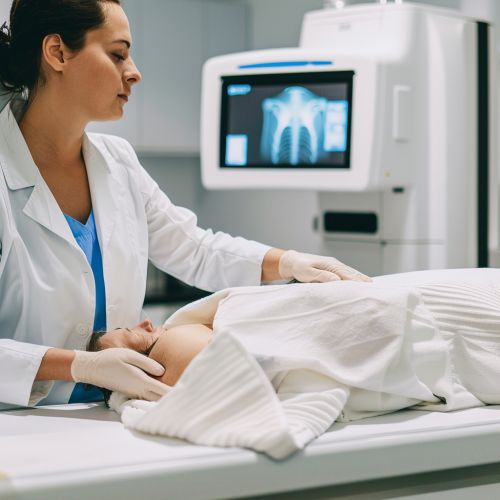Renal Osteodystrophy
Overview
Renal osteodystrophy is a bone disease that occurs when your kidneys fail to maintain the proper levels of calcium and phosphorus in your blood. It's a common problem in people with kidney disease and affects almost everyone with renal failure. Kidneys are responsible for filtering waste from the blood. When they are not functioning properly, they can cause a variety of health problems, including renal osteodystrophy.
Causes
Renal osteodystrophy is caused by changes in the balance of minerals and hormones in the body. These changes can occur when the kidneys are not functioning properly. The kidneys play a crucial role in maintaining the balance of calcium and phosphorus in the body. They do this by filtering out excess phosphorus from the blood and excreting it in the urine. When the kidneys are not working properly, they can't filter out the phosphorus, leading to high levels in the blood. This can lead to a decrease in calcium levels, as the body tries to maintain a balance between these two minerals. The body then pulls calcium from the bones to try to restore the balance, leading to bone loss and renal osteodystrophy.
Symptoms
The symptoms of renal osteodystrophy can vary depending on the severity of the disease. Some people may not have any symptoms at all, while others may experience pain in their bones and joints. Other symptoms can include fractures, bone deformities, and a decrease in height. In severe cases, renal osteodystrophy can lead to mobility issues and disability.
Diagnosis


Diagnosis of renal osteodystrophy typically involves a combination of medical history, physical examination, and laboratory tests. A doctor may order blood tests to check the levels of calcium, phosphorus, and parathyroid hormone in the body. Imaging tests, such as X-rays or bone density scans, may also be used to check for bone loss or fractures.
Treatment
Treatment for renal osteodystrophy typically involves addressing the underlying cause of the disease, which is usually kidney disease. This can involve dialysis or a kidney transplant. Medications may also be used to help control the levels of calcium and phosphorus in the body. In some cases, surgery may be needed to treat bone deformities or fractures.
Prevention
Prevention of renal osteodystrophy involves managing kidney disease and maintaining a healthy balance of minerals in the body. This can involve dietary changes, such as reducing intake of foods high in phosphorus. Regular exercise can also help maintain bone health. It's also important to have regular check-ups with a doctor to monitor kidney function and bone health.
